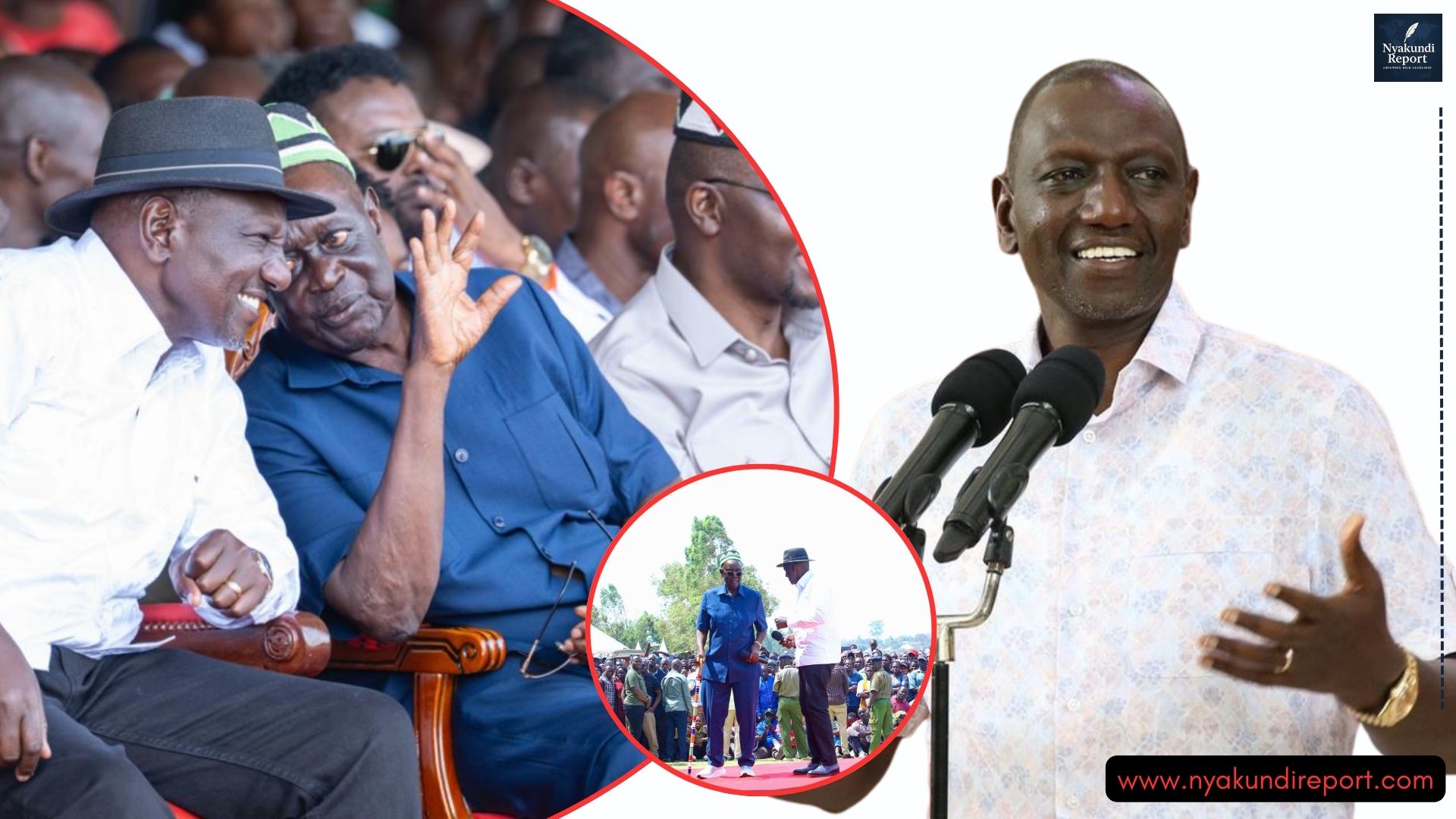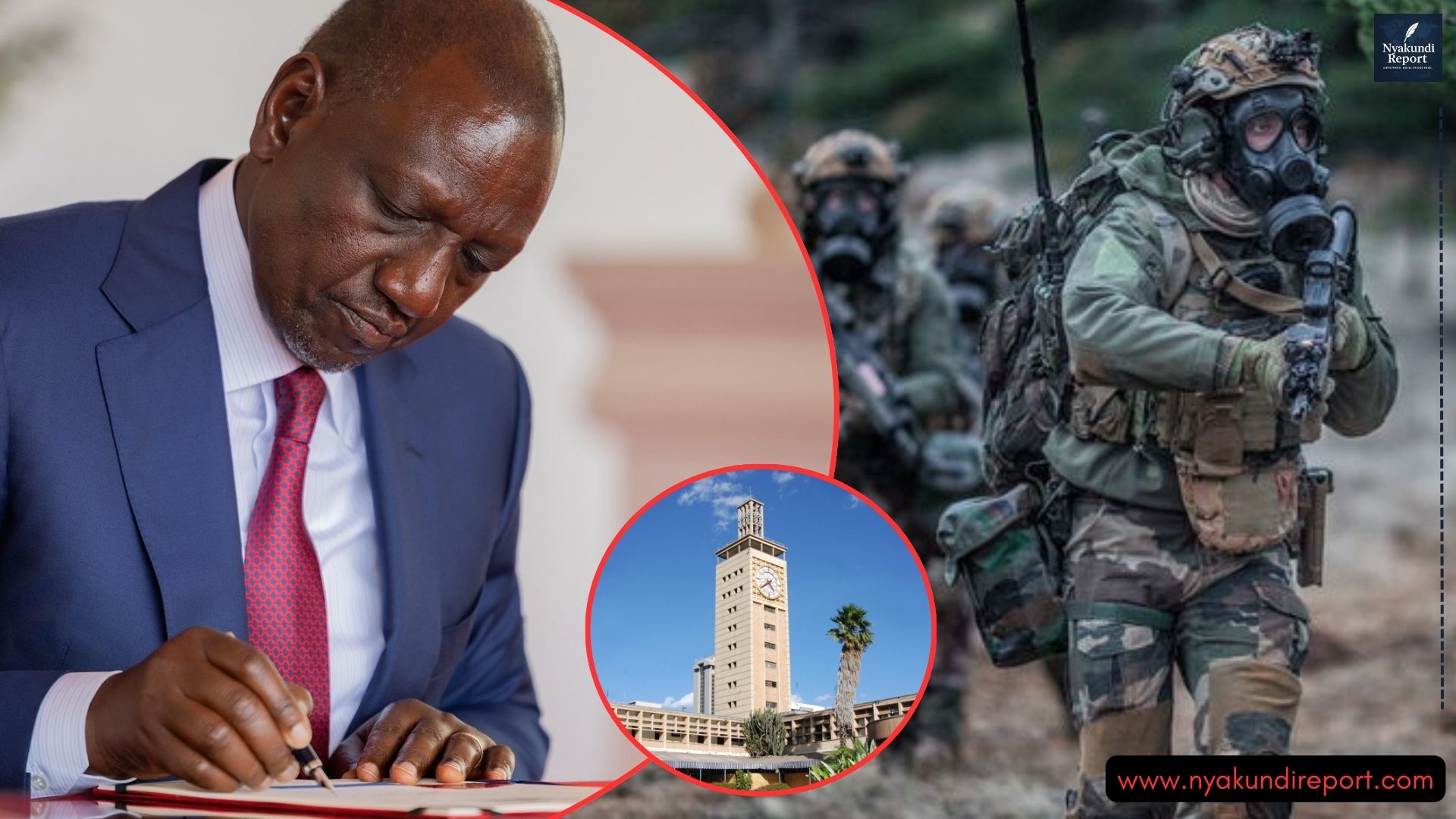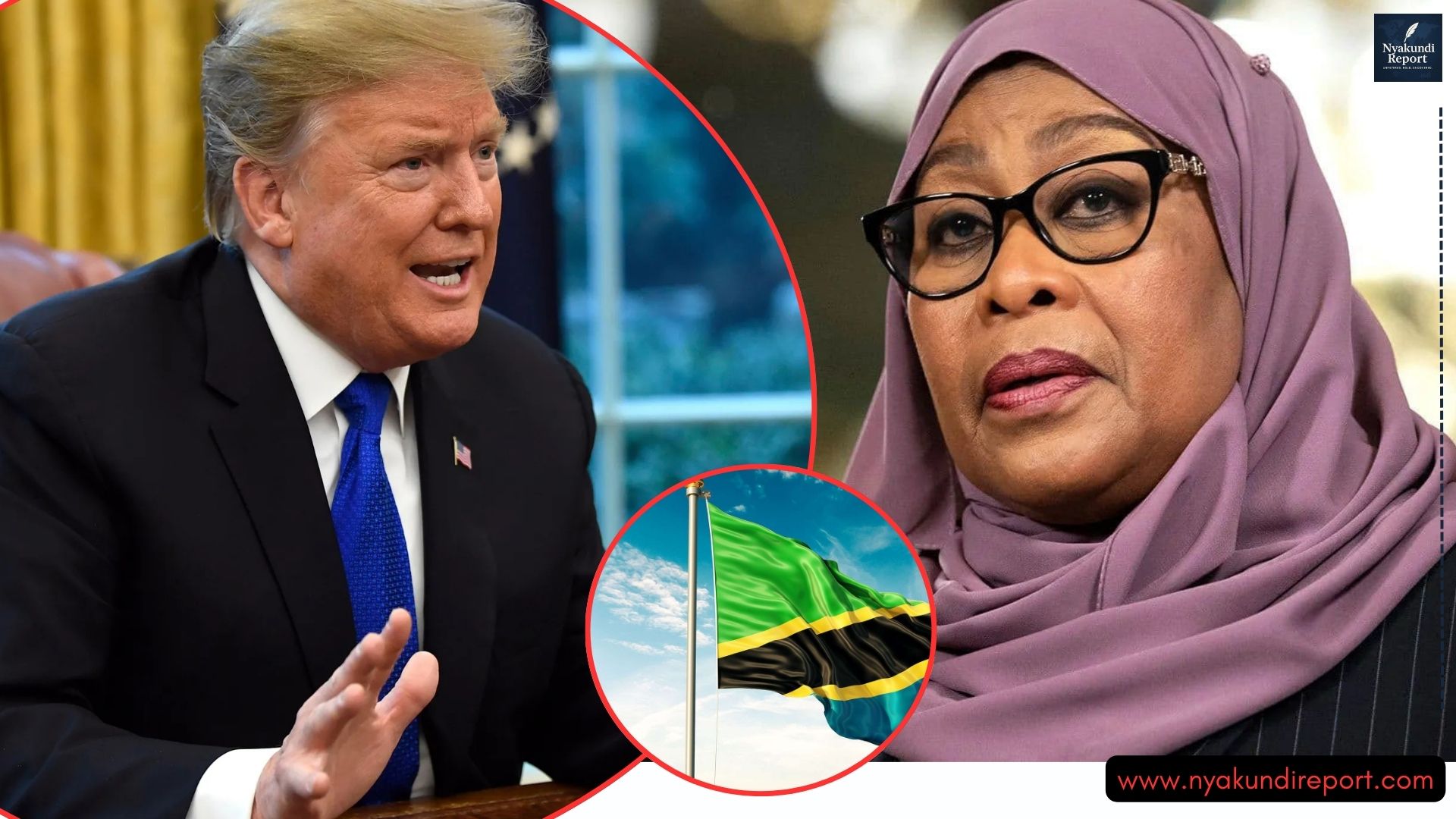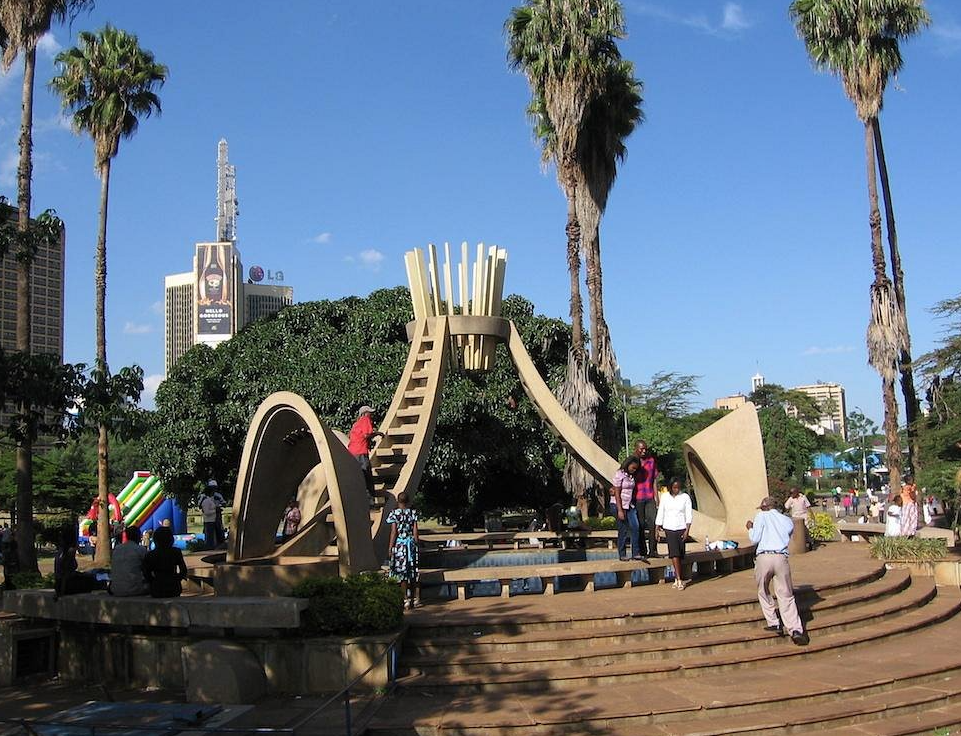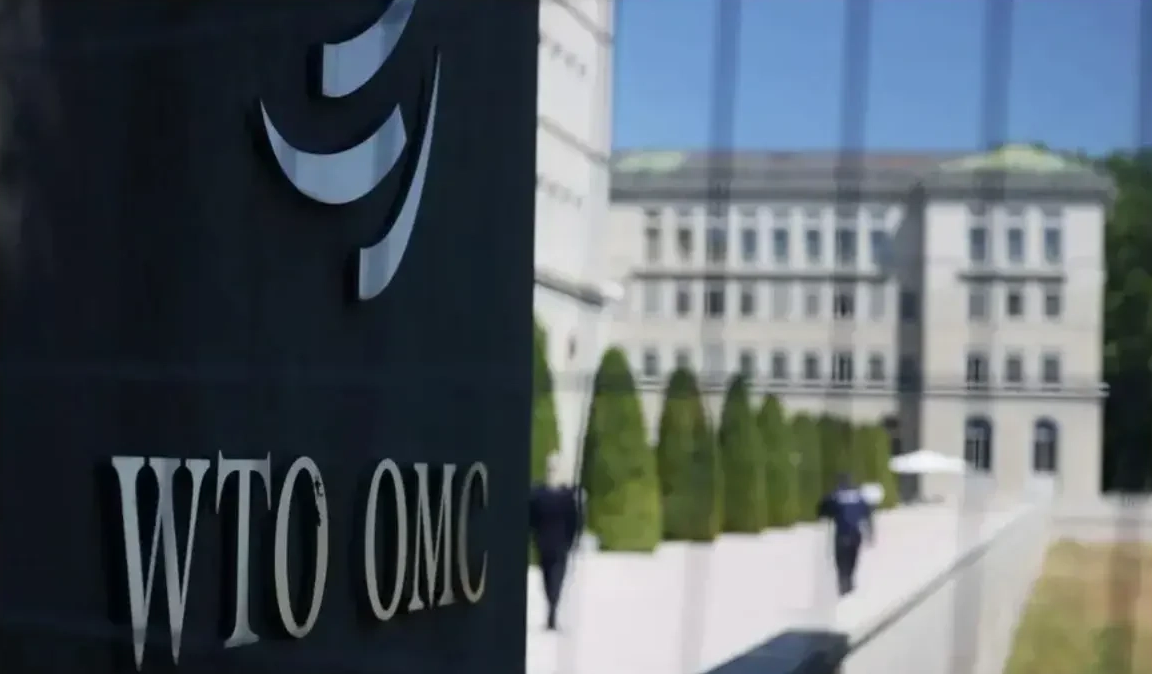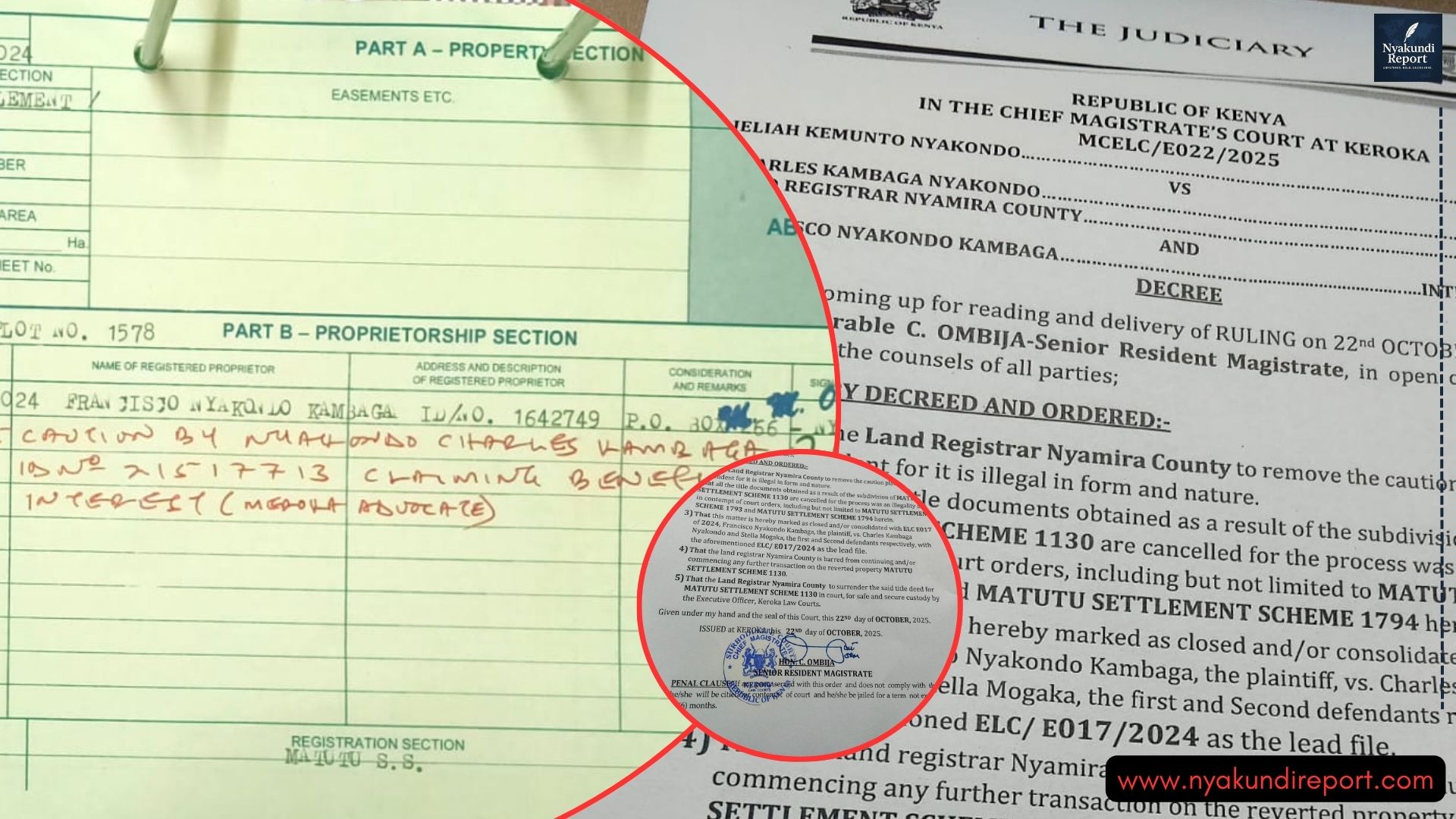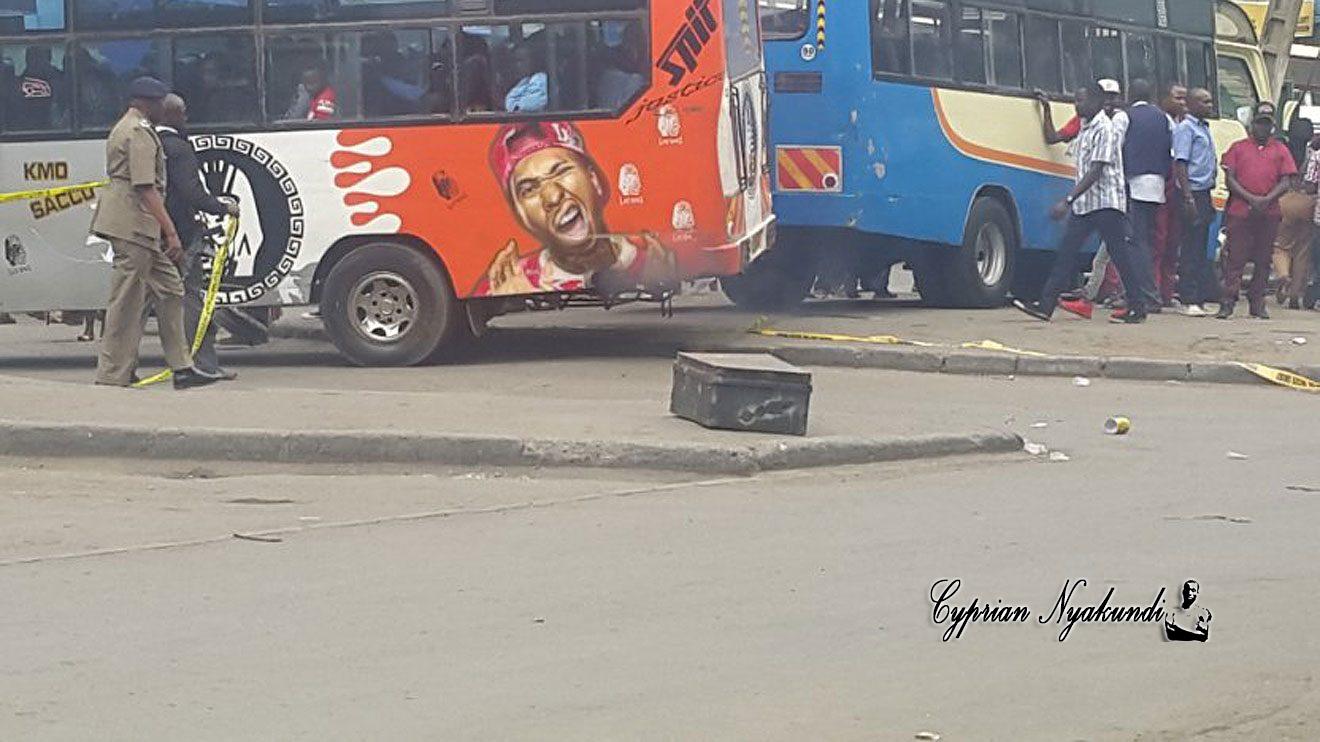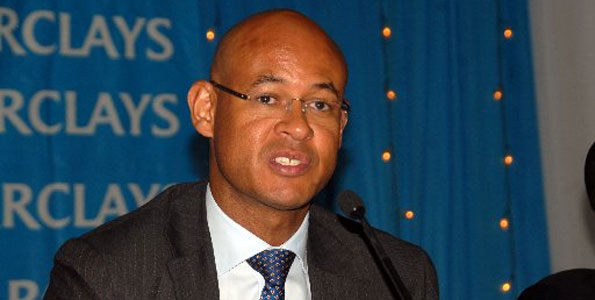Fresh controversy has erupted over police conduct during the chaotic public viewing of the late Raila Odinga at Moi International Sports Centre, Kasarani. An autopsy report has confirmed that at least three mourners died from bullet wounds, raising new questions about Kenya’s crowd control policies.
Video footage from the day shows officers firing live rounds and tear gas as thousands of people struggled to enter the packed venue. The tragic Kasarani Stampede has now become a national outcry, with human rights activists demanding full accountability from the police.

Autopsy Confirms Police Fired at Mourners During Kasarani Stampede
An autopsy conducted on the bodies of three victims has confirmed that police fired live bullets at mourners during the Kasarani Stampede. Activist Hussein Khalid revealed that one of the victims died from a single gunshot wound to the head.
“The cause of death is a single headshot. The bullet went in from the front and exited at the back,” Khalid stated on Tuesday after receiving the victim’s body.
The autopsy findings have deepened public anger over how the police handled the massive crowd that gathered to pay their last respects to the former Prime Minister. Thousands of Kenyans had flocked to Kasarani Stadium on October 16 after the funeral committee moved the viewing venue from Parliament due to overwhelming numbers.
Chaos Erupts During Raila Odinga’s Public Viewing
What was meant to be a solemn farewell quickly turned into chaos when security officers failed to manage the surging crowd. According to witnesses, police fired tear gas and live bullets after mourners forced their way through Gate 5 of the stadium.
Video clips widely shared online showed terrified mourners running for their lives amid clouds of tear gas and the sound of gunfire. Some fell and were trampled in the confusion, while others tried to escape over fences and barriers.
Interior Cabinet Secretary Kipchumba Murkomen was captured on camera signaling officers to stop shooting at the crowd. His gesture highlighted the severity of the situation and the apparent breakdown of command at the venue.
Police later claimed that they opened fire after the crowd became uncontrollable, but human rights groups have dismissed that explanation. They argue that firing live ammunition into a crowd of unarmed civilians was reckless and unnecessary.
Calls for Accountability Grow Louder
Following the autopsy revelations, the Independent Policing Oversight Authority (IPOA) confirmed that it has launched an investigation into the incident. The agency is expected to determine which officers were responsible for using live rounds and whether proper crowd control measures were followed.
Hussein Khalid urged IPOA to act swiftly and ensure justice for the victims. He emphasized that such actions erode public trust in law enforcement and violate the rights of innocent citizens.
Human rights organizations, including Amnesty International Kenya, have also condemned the use of lethal force at the stadium. They have called on the government to hold senior police commanders accountable for the deadly response.
Former Nairobi Governor Mike Sonko pledged to cover burial expenses for the victims, describing the tragedy as a national shame. “No Kenyan should lose their life while mourning a national leader,” Sonko said.
Tragic Loss and National Reflection
Among the dead was a mother of three who reportedly died from suffocation after the stampede began. Medical Services Principal Secretary Ouma Oluga confirmed that more than 100 people were treated for injuries sustained during the fracas.
Witnesses described heartbreaking scenes of people fainting and crying out for help as the crowd pressed against the gates. Many blamed poor planning and lack of coordination between security agencies and event organizers.
Public anger continues to mount, with Kenyans on social media demanding accountability from top security officials. Many have also questioned why such a high-profile event was not managed with better preparation, considering the expected turnout.
The Kasarani Stampede has now become a grim reminder of how quickly tragedy can strike when state agencies fail in their duty to protect citizens.

